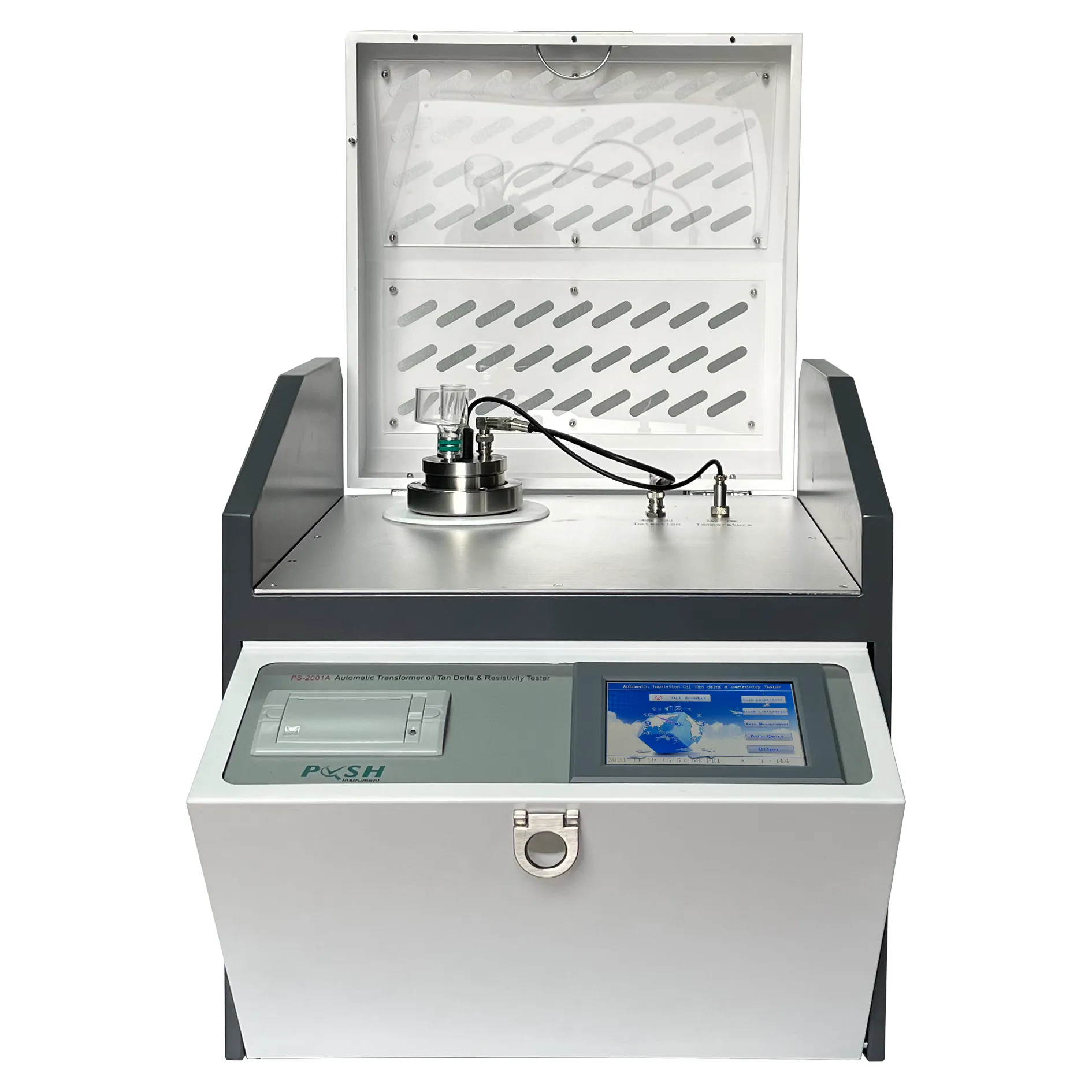 English
English


potentiometric titration
Potentiometric Titration An Analytical Technique
Potentiometric titration is a widely used analytical technique that measures the change in voltage of a solution as a titrant is added during a chemical reaction. This method is particularly useful for determining the concentration of an unknown solution, identifying the endpoint of titrations, and analyzing various types of samples in both research and industrial applications.
At the heart of potentiometric titration lies the utilization of electrodes, specifically ion-selective electrodes or glass electrodes. These electrodes respond to the changes in the concentration of ions in the solution, producing a voltage signal proportional to the ion activity. During a titration, the sample solution is placed in a beaker, and the titrant is added from a burette. As the titrant reacts with the sample, the voltage readings change, indicating shifts in concentration until the endpoint of the reaction is reached.
One of the primary advantages of potentiometric titration over traditional visual indicators is the precision it offers. Visual indicators often rely on subjective interpretation of color change, which can lead to inaccuracies, especially in complex or colored solutions. Potentiometric titration eliminates this ambiguity by providing a clear numerical value that reflects the chemical equilibrium. This quantification is particularly beneficial in determining the exact endpoints of titrations that involve weak acids or bases, where the pH change may be gradual and difficult to gauge visually.
potentiometric titration

Moreover, potentiometric titration can be applied to a range of chemical species, making it versatile. For instance, it can be used to analyze acids and bases, complexometric titrations for metal ions, and redox titrations involving oxidation-reduction reactions. In environmental monitoring, this technique is instrumental in quantifying pollutants and nutrients in water samples, while in pharmaceuticals, it is critical for ensuring the quality and concentration of active ingredients in medicinal formulations.
To conduct a potentiometric titration, a suitable reference electrode is also required. The combination of the reference electrode and the indicator electrode forms a cell whose voltage is measured using a potentiometer or a pH meter. The data collected is often plotted on a titration curve, showcasing the relationship between the volume of titrant added and the corresponding voltage change. The analysis of this curve allows chemists to precisely determine the endpoint, calculate concentrations, and assess the chemical behavior of the analyzed species.
Despite its advantages, potentiometric titration is not without challenges. Proper calibration of the electrodes, maintaining a stable temperature, and controlling the ionic strength of the solution are vital for accurate results. Furthermore, the technique requires careful selection of the electrodes based on the specific ions involved in the titration.
In conclusion, potentiometric titration is a powerful and reliable analytical tool that enhances the accuracy and efficiency of chemical analyses. Its precision, versatility, and ability to provide quantitative results make it a preferred method in many scientific and industrial fields, driving advances in chemistry, environmental science, and quality control in manufacturing. As technology evolves, further improvements in electrode design and data processing will likely expand the applications and reliability of this essential technique.
-
Differences between open cup flash point tester and closed cup flash point testerNewsOct.31,2024
-
The Reliable Load Tap ChangerNewsOct.23,2024
-
The Essential Guide to Hipot TestersNewsOct.23,2024
-
The Digital Insulation TesterNewsOct.23,2024
-
The Best Earth Loop Impedance Tester for SaleNewsOct.23,2024
-
Tan Delta Tester--The Essential Tool for Electrical Insulation TestingNewsOct.23,2024





